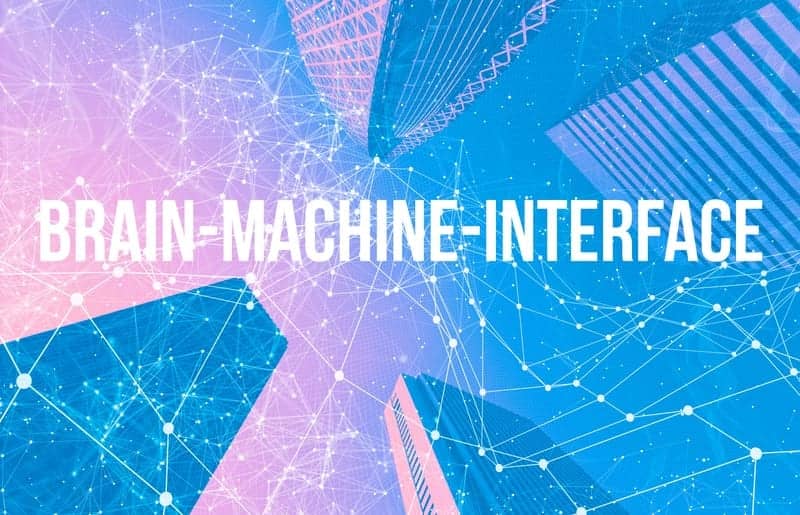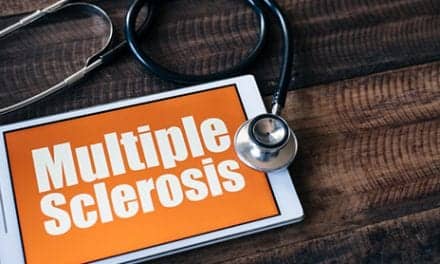Stroke survivors who had ceased to benefit from conventional rehabilitation gained clinically significant arm movement and control by using an external robotic device powered by their own brains, according to a study published in NeuroImage: Clinical.
Most patients retained the benefits for at least 2 months after the therapy sessions ended, suggesting the potential for long-lasting gains, Jose Luis Contreras-Vidal, director of the Non-Invasive Brain Machine Interface Systems Laboratory at the University of Houston, shares in a media release from the University of Houston.
Move on Demand
The trial involved training stroke survivors with limited movement in one arm to use a brain-machine interface (BMI), a computer program that captures brain activity to determine the subject’s intentions and then triggers an exoskeleton, or robotic device affixed to the affected arm, to move in response to those intentions. The device wouldn’t move if intention wasn’t detected, ensuring subjects remained engaged in the exercise.
Using robotics in rehabilitation isn’t new, notes Contreras-Vidal, co-principal investigator of the trial and a pioneer in noninvasive BMI systems. But robot-assisted exercise doesn’t generally engage the user, which is critical for taking advantage of the brain’s plasticity to allow patients to relearn movement.
“This project ensures the brain is engaged. We know that if the arm is moving, it’s because they are commanding it to move. That’s a very powerful concept.”
— Jose Luis Contreras-Vidal, Hugh Roy and Lillie Cranz Cullen Distinguished Professor of electrical and computer engineering, University of Houston
By testing the subjects over a period of time before the trial began, researchers were able to ensure that any changes or improvements were due to the intervention. In addition to better arm movement, the researchers reported that the subjects also showed improvements in using their hands.
“This is a novel way to measure what is going on in the brain in response to therapeutic intervention. This study suggested that certain types of intervention, in this case using the upper robot, can trigger certain parts of brain to develop the intention to move. In the future, this means we can augment existing therapy programs by paying more attention to the importance of engaging certain parts of the brain that can magnify the response to therapy.”
— Dr. Gerard Francisco, professor and chair of physical medicine and rehabilitation at McGovern Medical School at The University of Texas Health Science Center at Houston and co-principal investigator
The trial was conducted at TIRR Memorial Hermann, where Francisco serves as chief medical officer and director of the NeuroRecovery Research Center. The project was a collaboration between UH, UTHealth, TIRR Memorial Hermann, Houston Methodist Research Institute and Rice University. The National Institute of Neurological Disorders and Stroke and Mission Connect, part of the TIRR Foundation, funded the project, the release continues.
Trial Spanned Several Years
The trial spanned a period of several years, partly because it took time to find subjects who met the criteria and were both interested in participating and able to make the required time commitment. Ultimately, 10 subjects between the ages of 41 and 71 were enrolled.
The therapy took place three times a week for 4 weeks. The final follow-up testing was conducted 2 months after therapy ended.
According to Contreras-Vidal, it is unclear if the benefits will persist long-term. However, he has a National Science Foundation grant to design a low-cost system that would allow people to continue the treatments at home, the release concludes.
“If we are able to send them home with a device, they can use it for life.”
[Source(s): University of Houston, EurekAlert]
Related Content:
Gait Control and Recovery of Walking Ability a Possibility Via Brain-Computer Interface
Stroke Recovery at Brooks Rehabilitation Made Easier with a ReWalk ReStore Soft Exosuit
This VR-Based Device Could Help Rehab Stroke and Neurodegenerative Disease Patients





